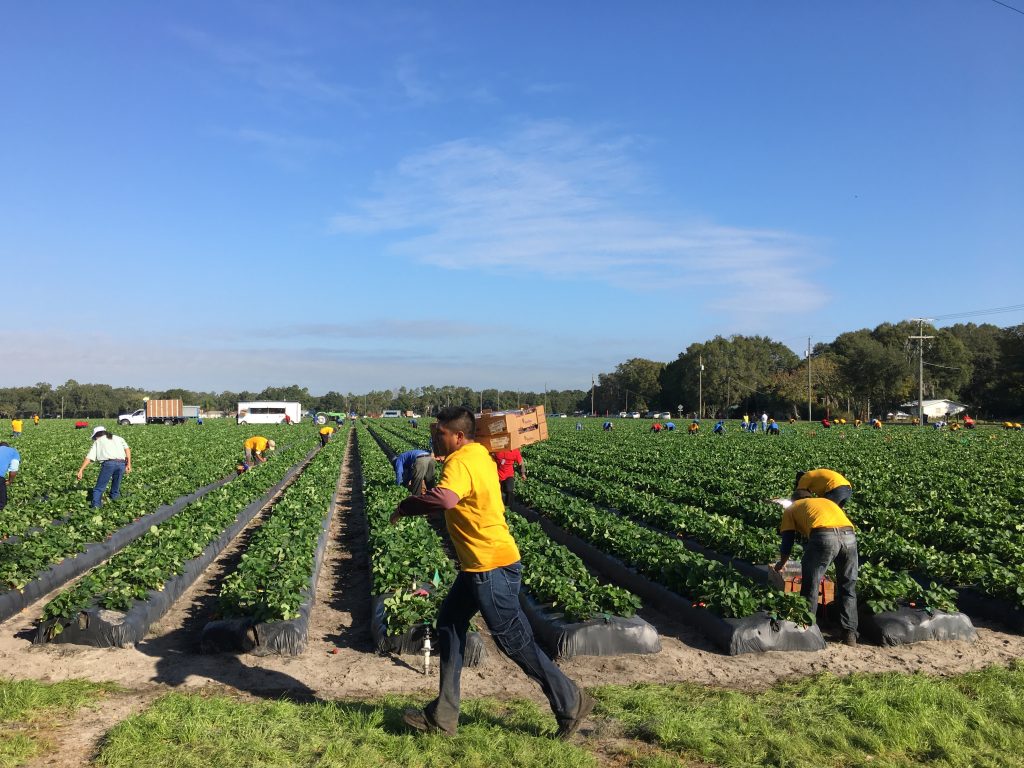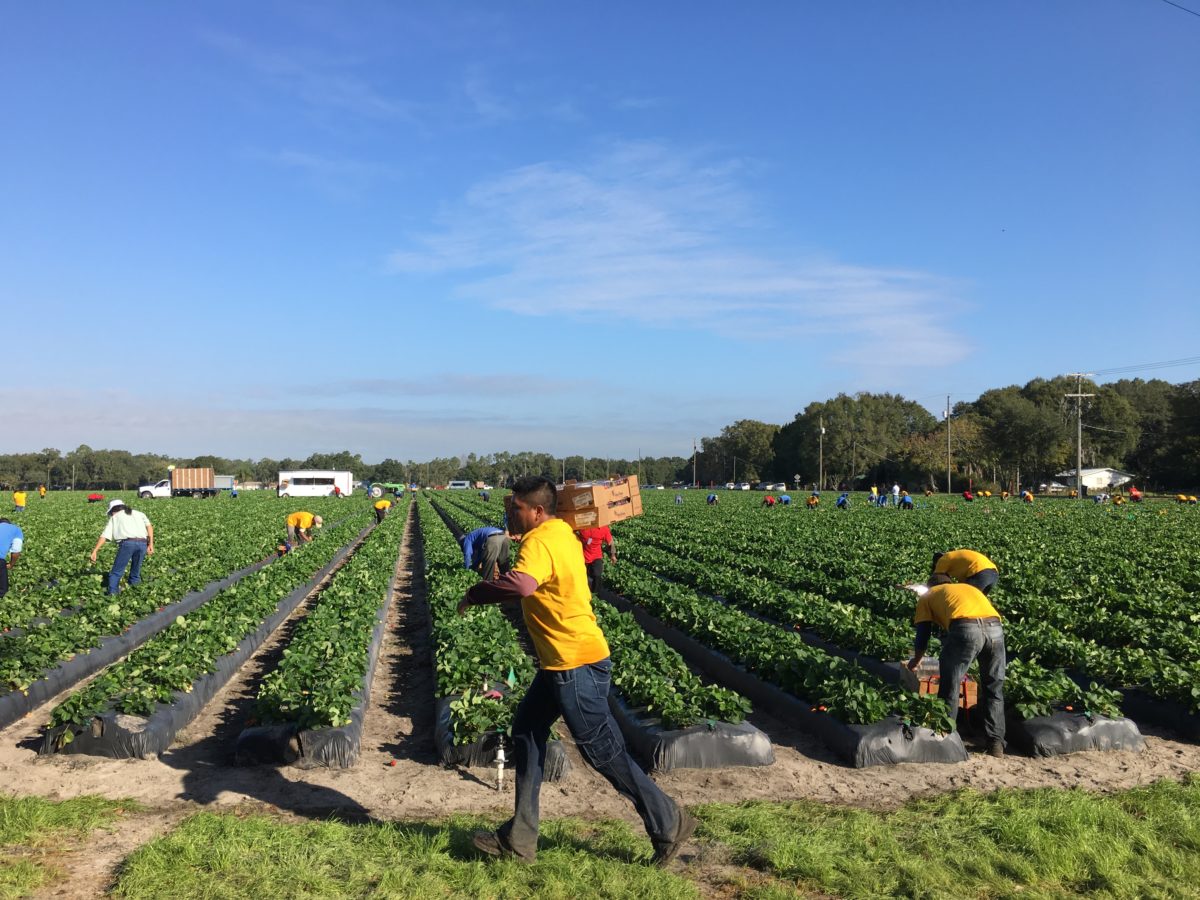The U.S. Department of Labor (DOL) published its final rule this week publish to amend how the Adverse Effect Wage Rates (AEWR) for the H-2A program are set to improve the rates’ consistency and accuracy based on the work actually performed by the workers and to better prevent H-2A workers’ employment negatively affecting the wages of U.S. workers in similar positions.

The final rule establishes the following methodology for determining AEWR:
- The department will continue to use the average annual hourly wage as reported by the FLS for field and livestock workers, combined, occupations – which represent most agricultural jobs – for the state or region.
- For all other agricultural jobs, not represented adequately or reported by current FLS data, the department will use the statewide or national average annual hourly wages for the occupational classification reported by OEWS program.
- For job opportunities that cover more than one classification, the department will base adverse effect rates on the highest wage for the applicable occupations.
Various agricultural organizations are expressing concern about the new AEWR methodology.
Agriculture Workforce Coalition
The Agriculture Workforce Coalition highlighted its concerns about the wage rate for the H-2A program in a statement:
“The new calculation dramatically increases costs for producers utilizing the program and will place an undue burden on family farms which are already facing a multitude of challenges, including the impact of high input costs, foreign competition, market volatility and adverse weather. It will make it difficult for farmers to remain competitive and will serve only to further increase costs for domestically produced agricultural products.”
Georgia Fruit and Vegetable Growers Association
The Georgia Fruit and Vegetable Growers Association commented as well. It issued a statement in an email to its members:
“The Department of Labor today released their much anticipated new wage rule. On the heels of November’s announcement of a 14% increase in Georgia’s AEWR, the new proposed rules double down on DOL’s use of USDA’s Farm Labor Survey and will compound damages by also injecting new labor rates into the program.
GFVGA continues to push for greater transparency in how DOL utilized data to arrive at the 14% increase for 2023. With the issuance of these rules, we will work with our partners at the National Council of Agricultural Employers to pursue all tools at our disposal to protect the viability of the H-2A program as well as to protect our members from exorbitant increases in wage rates that are completely disconnected from real labor market rates in our rural communities.
“Stay tuned for further updates as we fully evaluate the new rules and consider options available to fight for changes that ensure that our growers have access to a reliable and documented workforce.”
National Council of Agricultural Employers
The National Council of Agricultural Employers (NCAE) also raised concerns over the issuance of the new wage rule.
“The Department of Labor’s new wage rule is a disaster for American consumers and the farm and ranch families who toil every day to deliver bounty harvested from their legacy operations,” said Michael Marsh, President and CEO of the National Council of Agricultural Employers. “The Department is required by statute to establish wage rates under the H-2A Program that will not adversely affect the wages and working conditions of domestic workers similarly employed. This rule seeks to do that by throwing U.S. farm and ranch families under the bus!”
The National Council of Agricultural Employers has repeatedly petitioned Secretaries of the Department of Labor to hold hearings on the economics of this regulatory scheme but those petitions to the American government have been ignored.
“With this new rule, American consumers can be confident in one thing, they will be more likely to find tomatoes in their grocery store grown in Mexico, than those grown in Florida, California, or Michigan. Similarly, consumers can count on finding blueberries, apples, and strawberries produced in Canada, but few selections grown in Georgia, New York, or Washington,” said Marsh. “A country forced to rely on others for its sustenance has forfeited a key element of its national security. America expects and deserves better than this!”
Source: Agriculture Workforce Coalition










